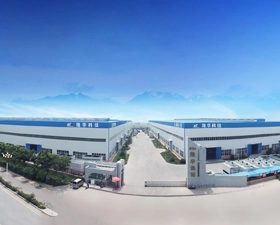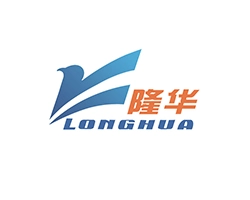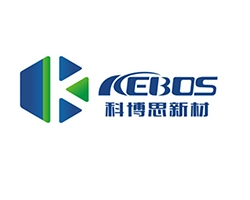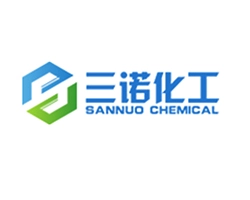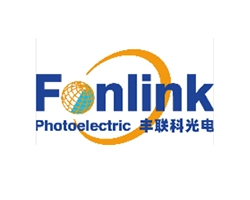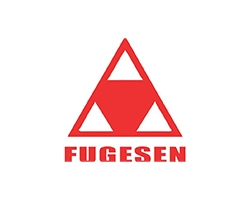When it comes to industrial processes that involve heat exchange, the choice of equipment can significantly impact efficiency, cost-effectiveness, and environmental considerations. One of the key players in this field is the air-cooled heat exchanger. In this article, we will explore the fundamental concepts of air-cooled heat exchangers, their advantages, the differences compared to water-cooled heat exchangers, and the working principle behind their operation.
What is an Air-Cooled Heat Exchanger?
An air-cooled heat exchanger, also known as an air cooler, is a vital component in various industries, including petrochemical, power generation, and manufacturing. It serves the purpose of transferring heat from a hot fluid (usually a gas or liquid) to the surrounding air by means of convection. These exchangers consist of finned tubes through which the hot fluid flows, with ambient air passing over the finned surface to absorb the heat.
Main Advantages of Air-Cooled Heat Exchangers
Environmental Friendliness: Air-cooled heat exchangers are renowned for their eco-friendly nature. Unlike water-cooled alternatives, they don't require a continuous water supply. This not only conserves water but also eliminates the need for complex water treatment systems, thus reducing environmental impact.
Cost Efficiency: Air-cooled heat exchangers are generally more cost-effective to install and maintain compared to their water-cooled counterparts. There is no need for water pumps, water distribution systems, or water treatment facilities, resulting in lower operational costs.
Space Efficiency: Air-cooled heat exchangers require less space and are a preferred choice in situations where real estate is limited. This makes them a suitable option for plants and industries with spatial constraints.
Reduced Maintenance: The absence of water in the heat exchange process reduces the risk of corrosion and scaling. This translates into lower maintenance requirements and extended equipment lifespan.
Versatility: Air-cooled heat exchangers can operate efficiently in a wide range of climates and temperatures, making them suitable for various applications.
Difference Between Air-Cooled and Water-Cooled Heat Exchangers
Cooling Medium: The primary difference between the two types of heat exchangers is the cooling medium. Air-cooled heat exchangers use ambient air to dissipate heat, while water-cooled heat exchangers use water for the same purpose.
Water Usage: Water-cooled heat exchangers require a constant water supply for cooling, which can be resource-intensive and environmentally challenging. In contrast, air-cooled heat exchangers conserve water.
Maintenance: Water-cooled systems are more susceptible to fouling, scaling, and corrosion due to the water involved, requiring more maintenance and cost. Air-cooled heat exchangers have a simpler maintenance regimen.
Space Requirements: Air-cooled heat exchangers typically require less space than their water-cooled counterparts. This makes them preferable for installations with limited space availability.
Air-Cooled Heat Exchanger Working Principle
The working principle of an air-cooled heat exchanger is relatively straightforward. It relies on the principles of convection heat transfer. Here's how it works:
Hot Fluid Flow: The hot fluid, whether a liquid or gas, enters the heat exchanger and flows through a network of tubes. The tubes are often equipped with fins to maximize the heat transfer surface area.
Ambient Air Flow: Ambient air is drawn or forced over the finned tubes using fans. As the air passes over the finned surface, it absorbs heat from the tubes.
Heat Transfer: Heat from the hot fluid is transferred to the cooler ambient air through the finned surface. The heat exchange process cools down the hot fluid, making it ready for its intended application.
Discharged Air: The now-warmed air is expelled into the environment. Depending on the application, this air may be released to the atmosphere or recirculated for energy efficiency.
Air-cooled heat exchangers offer an efficient and sustainable solution for heat exchange in various industrial processes. Their environmental friendliness, cost-effectiveness, and versatility make them a popular choice for businesses aiming to reduce their carbon footprint and operational costs. Understanding their working principle and differences compared to water-cooled heat exchangers can help industries make informed decisions in selecting the right equipment for their specific needs.


 EN
EN
 jp
jp  ko
ko  fr
fr  de
de  es
es  it
it  ru
ru  pt
pt  ar
ar  tr
tr 